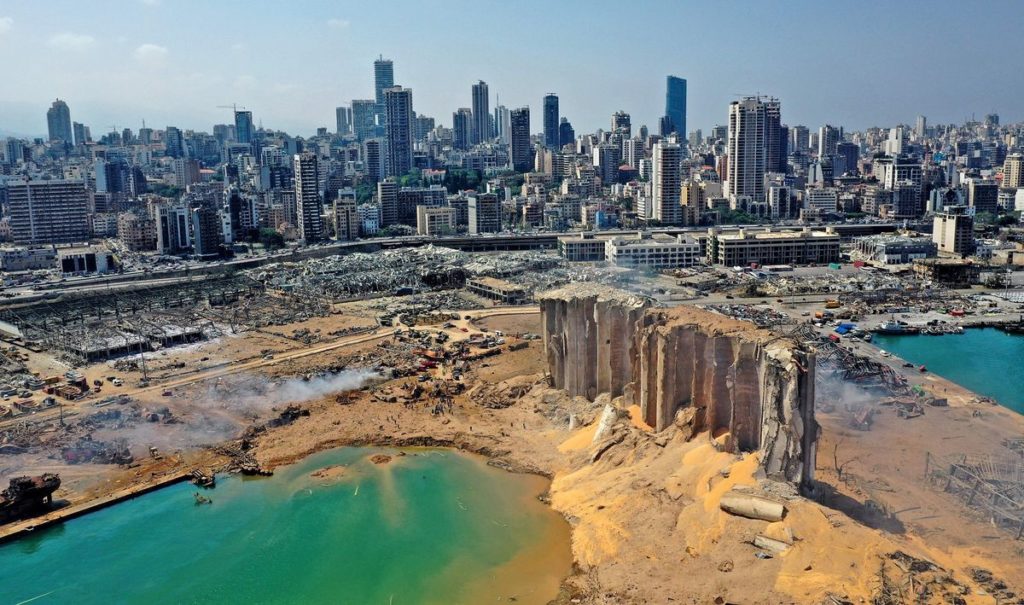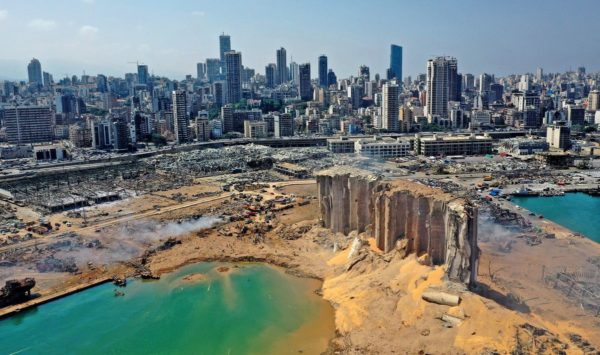Beirut blast’s high-velocity atmospheric wave rivaled ones generated by volcanic eruptions.

The explosion that took place on August 4, 2020, in Lebanon’s port city of Beirut is considered to be one of the most powerful non-nuclear, man-made blasts in human history. The crater left in its wake altered the port, the blast killing at least 210 people and injuring 6,500. More than 300,000 were temporarily homeless.
Now, a new study by Hokkaido University scientists in Japan has given us new findings that can be used to judge just how powerful the explosion generated by more than 2,750 tons worth of ammonium nitrate was.
According to the findings published in the journal Scientific Reports, the atmospheric wave that generated from the explosion led to electron disturbances high in Earth’s upper atmosphere.
The blast ‘shook’ the ionosphere
Earth’s ionosphere — the part of Earth’s upper atmosphere, from about 30 miles (48 km) to 600 miles (965 km) — by looking at discrepancies in delays encountered by microwave signals sent by GPS satellites to the ground stations. The press release explains that the changes in electron content affect the microwave signals as they pass through the ionosphere.

“We found that the blast generated a wave that traveled in the ionosphere in a southwards direction at a velocity of around 0.8 kilometers (0.5 miles) per second,” said Kosuke Heki, Hokkaido University Earth and Planetary scientist. When sound waves travel through the ionosphere, they do so at a similar speed.
As the second part of the study, the scientists compared the size of the ionospheric wave generated by the Beirut blast to other waves following natural and anthropogenic events.
It was seen that the Beirut blast‘s wave was slightly larger than a wave generated by the 2004 eruption of the Asama Volcano in Japan. Beirut blast’s southward-bound, high-velocity atmospheric wave rivaled ones generated by volcanic eruptions.
Forensic Architecture, a research team based at the University of London, has also released a comprehensive investigation of the explosion which you can watch if the topic interests you.

Leave a Reply
You must be logged in to post a comment.